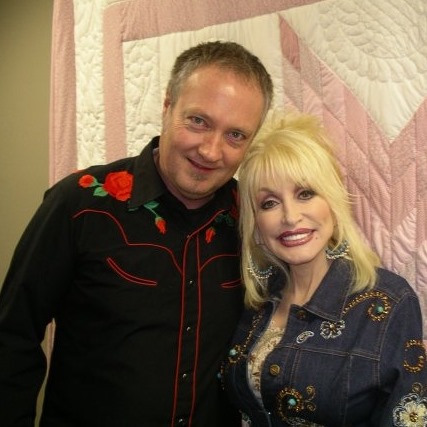Grant Green is one of the great unsung heroes of jazz guitar, with an unusual “single note” style of playing.
I could listen to this all day long, preferably while sitting in the sunshine with a cool drink to hand and a summer breeze in the air. Or late at night, in smoke-filled cellar, looking at what must surely be one of the coolest album covers of all time.
A new name to me, but not to jazz buffs, Grant Green is one of the great unsung heroes of jazz guitar. Unusually, he plays more like a sax player than a guitarist, preferring single notes to chords.
No surprise, then, to learn that he always claimed his influences were not other guitar players but horn players like Charlie Parker and Miles Davis.
Equally adept at ballads and blues, funk and R&B, he began playing professionally with a gospel group when he was only 13, just after the war, in his hometown of St Louis, Missouri.
“The first thing I learned to play was boogie-woogie,” he once said. “Then I had to do a lot of rock & roll. It’s all blues, anyhow.”
Moving to New York in 1960 to become Blue Note’s house guitarist but a heroin habit interrupted his career towards the end of the decade and undoubtedly contributed to the illness he suffered in the late Seventies, leading to his death in 1979 at the age of only 43.
He had spent most of the previous year in hospital and, against the advice of doctors, went back on the road to earn money. While in New York City to play an engagement at his protégé George Benson’s Breezin’ Lounge, he collapsed in his car after a heart attack and died.
Sharp-eared hip-hop fans may spot that the electric piano motif played by Emmanuel Riggins in Maybe Tomorrow – itself incorporating Ravel’s Pavane Pour Une Infante Défunte – was sampled by Kendrick Lamar on his tune Sing About Me, I’m Dying Of Thirst.
